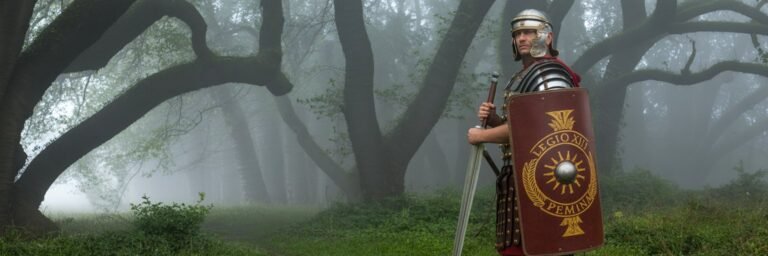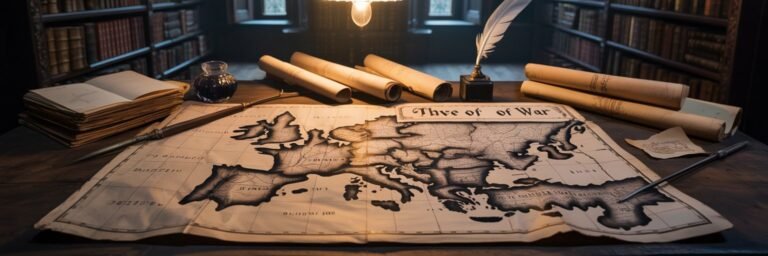INTRODUCTION
Since the dawn of time, humanity has been marked by critical turning points that have defined its course. These pivotal moments, which have induced tumultuous socio-political changes, have been orchestrated by both heroes and villains, whose deeds occupy prominent places in history’s narrative. Like actors in an epic play, these characters have influenced the world with their might, wit, charm, or plainly, their acts of heroism and malevolence. This article will examine some of these historic figures, shedding light on their actions and how they shaped significant episodes of human history.
HISTORICAL BACKGROUND
From antiquity to the present day, individuals have emerged from the shadows of obscurity to shape the world’s destiny. Men like Julius Caesar, who, by crossing the Rubicon River in 49 BC, led to the eventual fall of the Roman Republic, epitomize the power of a single person to effect change. Conversely, heroes like William Wilberforce, through their moral fortitude, ensured the passage of the Slave Trade Act in 1807, ending Britain’s participation in the horrific transatlantic slave trade. Both men, by their actions, steered the course of history.
One cannot discuss turning points without mentioning the American Revolution. George Washington, the incarnation of courage and leadership, was instrumental in leading the colonies to victory against Britain, laying the foundation for the United States. On the dark side stands King George III, an antagonist who embodied tyranny and oppression in the eyes of the revolutionaries.
THEORIES AND INTERPRETATIONS
Numerous theories abound regarding the role of these figures in shaping turning points. The “Great Man Theory,” a 19th-century idea posited by historian Thomas Carlyle, suggests that history can be mainly explained by the actions of “great men.” Carlyle believed these individuals were gifted with heroic qualities that enabled them to mold historical events.
Contrarily, the “People’s History” theory shows a different perspective. Promoted by historians like Howard Zinn, it asserts that history is shaped more by common people and their collective actions, rather than a select few ‘heroes’ or ‘villains.’ The American Civil Rights Movement—during which figures like Rosa Parks and Martin Luther King Jr. rose to prominence—serves as an exemplar of this theory.
MYSTERIES AND CONTROVERSIES
History is filled with mysteries and controversies. One persistent debate involves the distinction between a hero and a villain. For instance, Che Guevara, a significant figure in the Cuban Revolution, is viewed by some as a hero for his fight against imperialism. Yet, others perceive him as a villain accused of overseeing brutal executions while in power.
Objective judgment is often blurred by disparities between their public actions and private deeds. This duality is evident in figures like Thomas Jefferson—a revolutionary and a champion of liberty, yet a slaveholder.
SYMBOLISM AND CULTURAL SIGNIFICANCE
Historical figures often transcend their literal actions, obtaining symbolic and cultural significance. In American culture, George Washington, a symbol of patriotism and the country’s founding ethos, is celebrated annually on Presidents’ Day. Conversely, the cultural memory of King George III in the United States is largely negative.
In terms of iconography, Che Guevara’s image is a universal symbol of rebellion, adorning t-shirts and murals worldwide.
MODERN INVESTIGATIONS
Modern investigations into these historic times and figures continue as historians and scholars use advanced methods and technologies to unearth details about the past. The recent discovery and analysis of Richard III’s remains in a Leicester parking lot, for example, provided fascinating insights into the life and death of this much-maligned figure.
LEGACY AND CONCLUSION
The legacies left by these figures are as complex as they were. King George III is notorious in American textbooks but is remembered more benignly in Britain for weathering the American Revolution and the French Revolutionary Wars.
On the other hand, Washington’s leadership is hailed for steering the nation in its infancy, and his legacy remains prominent in the American identity.
While history is often measured in epochs, eras, and ages, it is also a chronicle of individuals, their deeds, and their legacies. It illustrates the power one person can wield in shaping the world and reminds us that the pen of history often writes in broad strokes of black and white, heroes and villains, leaving us to fill in the nuanced spectrums of grey. In the end, we come to understand that these heroes and villains, in times of critical turning points, were humans, as flawed and complex as those who pen and read their stories.


